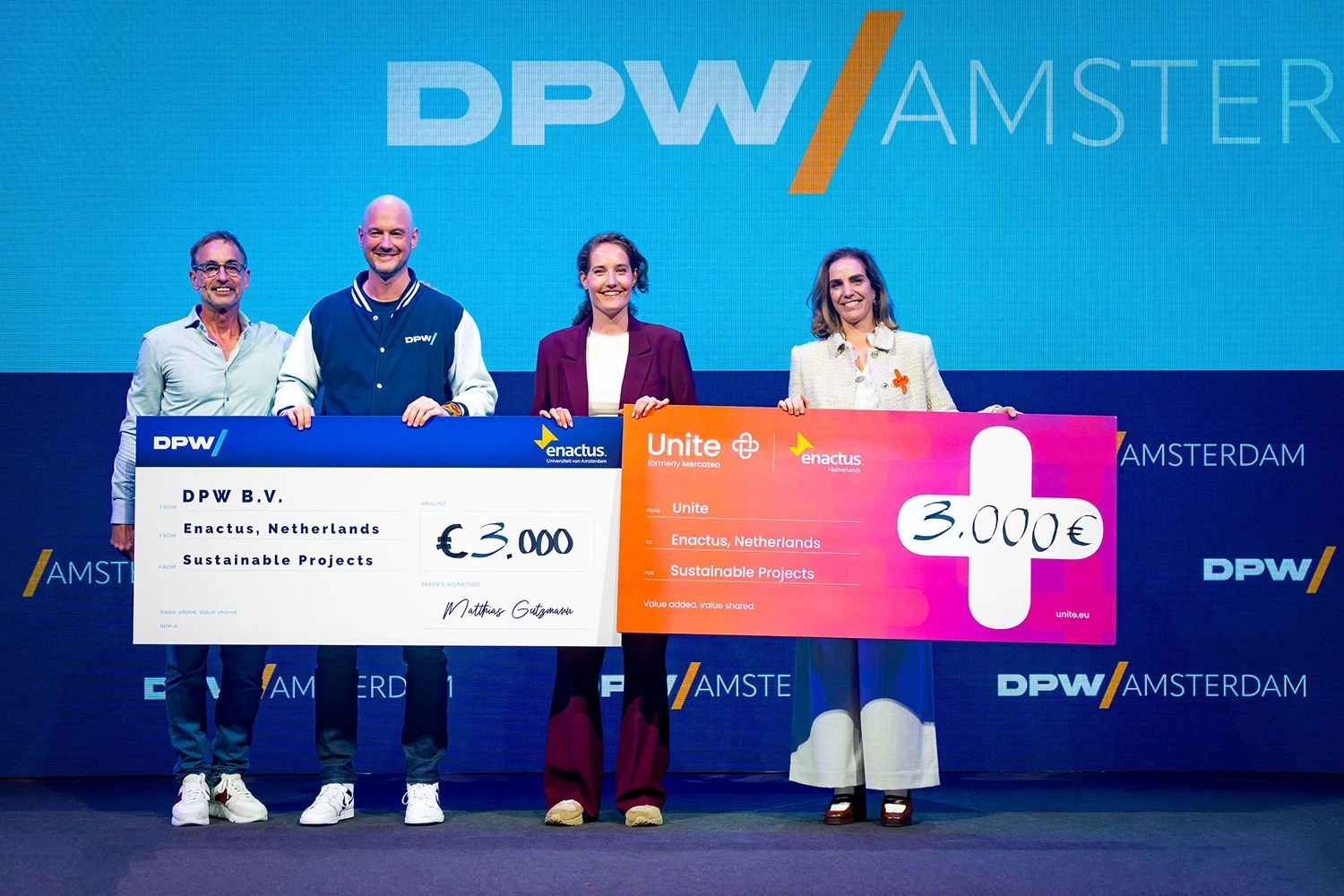If you want to optimise your procurement function, you need to know how the whole procurement process works. Armed with this knowledge you can start to figure out where you can save costs, time, and build more sustainability into your supply chain.
In this blog, we’ll look at a typical procurement process to get you up to speed. Then we’ll walk you through four key steps you need to incorporate to help make your process more efficient.
What is a procurement process?
This includes all the steps a business or organisation must take to acquire the goods and services it needs to operate.
You might have heard this referred to as a procure-to-pay or purchase-to-pay (P2P) process. Both terms refer to the same thing – a process that begins with the requisition of products and services and ends when the supplier gets paid. Source-to-pay (S2P), on the other hand, extends the process further. A S2P process starts by strategically selecting suppliers and negotiating deals first.

Tackle process costs in procurement
From employee request to final payment, your multi-step business procurement process can be a time-consuming and costly beast. But it doesn’t have to be that way. Find out how you can streamline procurement and save money.
There are a number of different procurement process models out there, which include some different steps, but a general approach looks something like this:
Understanding your business needs – working with cross-functional stakeholders to define the business need or opportunity.
Analysing the market and developing a strategy – scoping out potential suppliers, considering the impact of the external environment and potentially conducting a competitive tender.
Selecting suppliers and tendering – gaining insights into suppliers to decide if they’re suitable, receiving a quotation and conducting a tender process before making your final choice.
Setting up and managing your contract – agreeing terms and implementing the contract, then monitoring and reviewing it at agreed periods to check its meeting KPIs.
Managing your relationships and assets – reviewing and developing supplier relationships and assessing your business needs to make sure suppliers and contracts are meeting your objectives.
So how do you create an efficient procurement process?
It’s the procurement team’s job to look for ways they can make the procurement process more efficient. If you’re just getting started in procurement or want to boost your team’s approach, we’ve identified four key areas that can have a positive impact.


1. Demand analysis
What is it?
This means evaluating the market and your customers’ needs to have a clearer idea of which products or services they want (now and in the future). It involves studying consumer behaviour patterns, purchasing habits, and market trends. After analysing this data, you need to forecast future demand and then assess your own ability and capacity to meet these demands.

How can it be optimised?
Effective and regular analysis helps you anticipate changes in consumer demands more quickly. It helps you keep up with the pace of innovation, so you can switch up your procurement strategy accordingly and identify supply chain disruptions before they occur. You’ll also be in a more knowledgeable position to negotiate prices and can avoid overspending on unnecessary goods.

Top tips
-
Keep it current – gather data on up-to-date usage patterns from sales reports, customer feedback, supplier information and market research.
-
Look out for market movements – market activities, like mergers, divestments and acquisitions, and change to regulations can have an impact on your supply chain, including prices and tariffs.
-
Establish strong relationships – use your insights to find suppliers who can meet your needs and discuss market demands with them. This way, you’ll be able to negotiate advantageous prices and terms.
-
Communicate with your stakeholders – don’t keep changes to yourself. Talk to people across the organisation about your findings and the impact they’re having.

2. Supplier selection
What is it?
This is when you choose which suppliers you’re going to do business with. It involves: identifying your business needs, listing potential suppliers, understanding your supplier criteria (sustainability commitments, for example), meeting with potential suppliers, negotiating contracts, and then building business relationships.

How can it be optimised?
To prevent supply chain disruption, you need a multi-sourcing strategy in place. Effective supplier selection is all about developing mutually beneficial relationships with suppliers you can count on – and that meet your organisation’s ESG goals – all while delivering value for money for your organisation. Supplier selection lays the foundations for long-term business success, with minimal business disruption.

Top tips
-
Make sure you know if there are any industry standards or certifications, like FSSC 22000, GLOBALG.A.P. and ISO 9001, that you (and your suppliers) need to comply with.
-
Use your personal and business networks, industry publications, and trade shows to find potential suppliers. You can also join the Unite platform with integrated marketplace to find hundreds of vetted suppliers all in one place.
-
Consider conducting a site visit and supplier audit when you meet with suppliers. This will help you figure out if a potential supplier’s operations and products are meeting your supplier criteria and any regulations.
-
When negotiating your contract, alongside covering compensation, frequency, due dates, and point people, make sure you include the agreed date for the end or renewal of the contract as well as grounds for early termination.

3. Pricing and condition management
What is it?
Pricing refers to the calculation of prices (external) and costs (internal), while conditions are the circumstances that apply to those prices that you negotiate with your suppliers. Aligning on pricing and conditions that are favourable to both your organisation and your suppliers’ is key for successful long-term relationships.

How can it be optimised?
In times of market volatility, fluctuating prices and changing delivery conditions, it’s vital you have oversight and choice. With frequent negotiations, it’s easy for buyers to lose control. Dynamic technology solutions can help you find suppliers that best meet your needs – from prices to delivery conditions and sustainability criteria. These tools can also provide transparency when it comes to pricing, something you need in order to stay competitive when prices are changing overnight.

Top tips
-
Choose tools which give you pricing transparency and control, like Unite's basket optimisation feature. It helps your people shop smarter, letting them pick between the lowest prices, fastest shipping options, or fewest packages and other criteria, depending on what makes more sense for them.
-
Small concessions made on both sides can have an overall benefit for both businesses, especially over the long term. It’s important to know when to compromise and when to hold firm. Having as much data about your needs and the market (see demand analysis above) is key here for successful negotiations.
-
Good record keeping allows you to regularly refer back to your contract terms, ensuring you’re getting the best prices and most favourable conditions from your suppliers.

4. Operational procure-to-pay
What is it?
This is when procurement teams use digital solutions, automation, and other operational assets to increase efficiency at every stage of the procurement process and avoid manual errors – from understanding requirements and the ordering process to verifying invoices and making payments.

How can it be optimised?
A smooth procure-to-pay process helps with a number of common procurement challenges. It reduces cycle times by removing manual and paper-based processes, increases transparency, provides one centralised hub for the exchange of information, reduces manual errors caused by non-digitised processes, and ensures optimal payment terms are received by connecting purchasing and finance teams.

Top tips
-
Digitisation alone won’t help. You need to work through your procurement process step by step to find where the efficiencies are, figure out how to fix them, and then find digital solutions that support that change.
-
Look for solutions that enable decentralisation and single creditor payment options. These will go some way to reducing operating costs. Unite’s Single Creditor solution allows you to buy from as many suppliers as you want all from one account.
-
Identify targets for automation in your process. Assess the value your business will gain from automation in terms of improving compliance, cycle times, and benefiting from payment terms and then set these against the cost and complexity of implementing technology.

Embark on a more efficient process
Wherever your organisation is in its journey to procurement transformation, you should take a holistic approach to improving your processes. Starting with your business’s needs and addressing where inefficiencies lie, you can start to introduce e-procurement solutions, like Unite. These can help you monitor performance, streamline the way you work, build mutually beneficial relationships with your suppliers, and deliver more value for your organisation.
It's all the steps a business or organisation needs to take to acquire the goods and services it needs to operate. Sometimes referred to as procure-to-pay (P2P). It begins with the requisition of products and services and ends when the supplier gets paid. A source-to-pay (S2P) procurement process, on the other hand, starts the strategic selection of suppliers.
There are a number of different source-to-pay procurement process models out there, but a general approach typically includes: understanding your business needs; analysing the market and developing a strategy; selecting suppliers and tendering; setting up and managing your contract; and managing your relationships and assets.
Four key areas to improve your procurement process are: implementing effective and regular demand analysis to keep up with customers and innovation; a multi-sourcing strategy that meets your organisation’s ESG goals; effective pricing and condition management; and using digital solutions, automation, and other operational assets to increase efficiency at every stage of your procure-to-pay process.
Effective supplier selection lays the foundation for long-term business success with minimal disruption. A multi-sourcing strategy built on mutually beneficial relationships with reliable suppliers is key. Keep on top of industry standards that your suppliers need to comply with, lean on your networks to find the right fit and consider site visits and audits when choosing a new supplier to make sure they meet your criteria.
Having tools which give you pricing transparency and control are key. Unite’s basket optimisation feature is a great example. It helps you shop smarter – from lower prices to faster shipping – based on what’s most important to you. Remember to keep comprehensive records so you can refer back to terms and make sure you’re always getting the best conditions from your suppliers.
Find out more about procurement strategies in our stories and insights section

New sustainable procurement study says leadership is key to responsible supply chains
Latest research from Unite and Jaro presents detailed analysis and practical solutions to help you align sustainability with business strategy.

Unite is empowering the next generation of changemakers in the Netherlands
What started as a pledge at DPW Amsterdam in 2024 is now transforming farms, empowering children, and inspiring audiences on the world stage.
